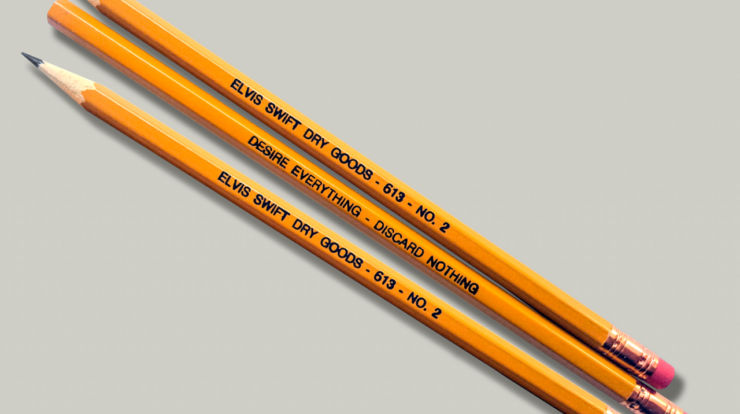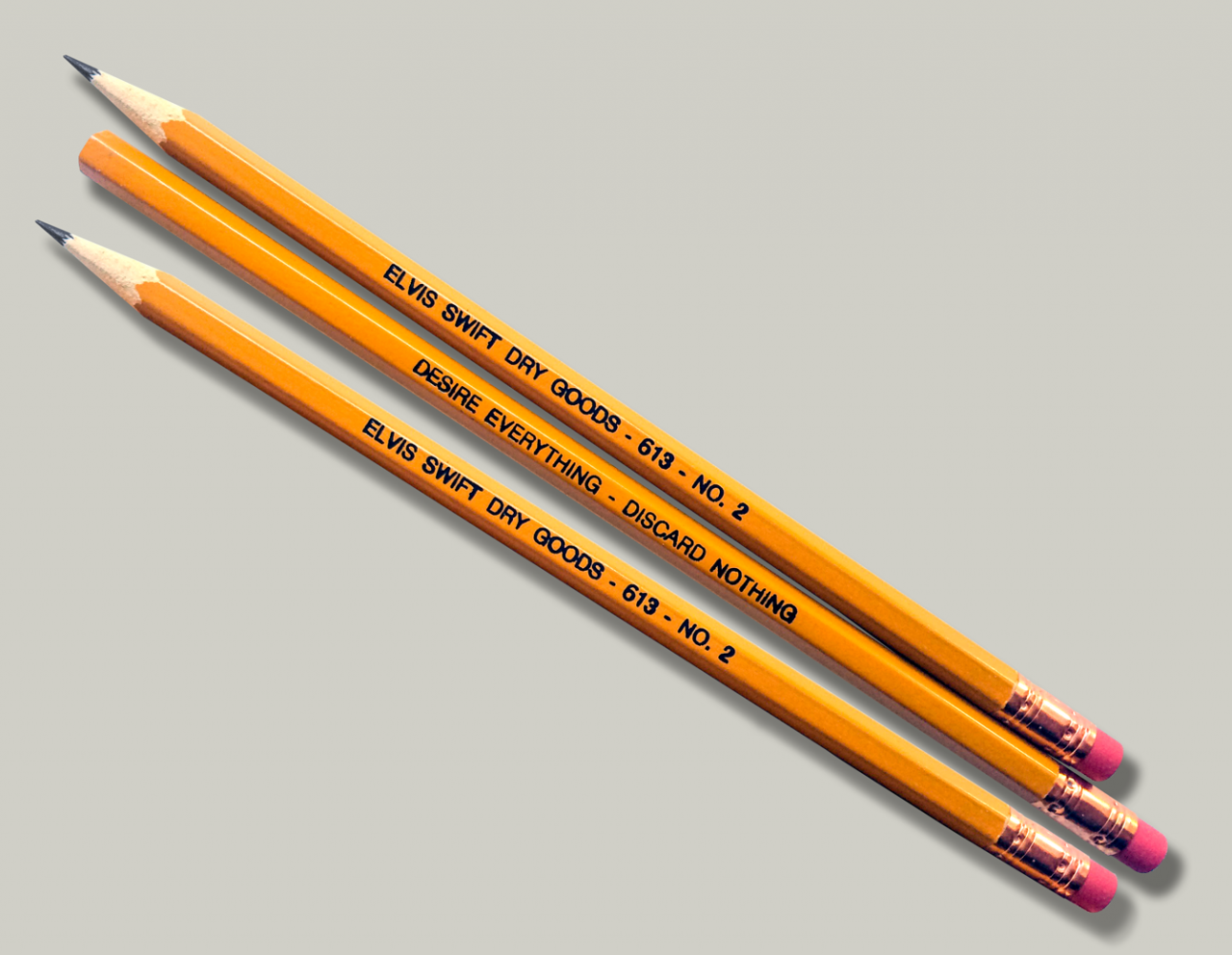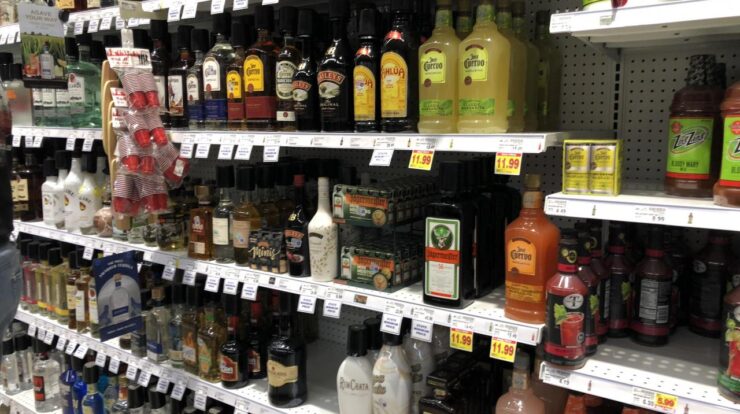
Pencil definition – The pencil, a ubiquitous writing tool, holds a rich history and serves a multitude of purposes. From its etymological roots to its diverse types and manufacturing processes, the pencil offers a fascinating subject of exploration.
Throughout history, the pencil has evolved from a simple graphite stick to an indispensable instrument in education, art, and communication. Its cultural significance is undeniable, with pencils playing a pivotal role in shaping societies and influencing creativity.
Pencil Definition

A pencil is a writing implement that consists of a solid core of graphite encased in a protective barrel. Pencils are used to create marks on paper or other surfaces by abrasion, as the graphite core is rubbed against the surface, leaving a trail of graphite particles.
Pencils are widely used in art, writing, and technical drawing.
Etymology of the Word “Pencil”
The word “pencil” is derived from the Latin word “penicillus,” which means “little tail.” This term was originally used to describe a small brush used by artists to apply paint. Over time, the word “pencil” came to be used to describe any writing implement that used a solid core of pigment, including graphite pencils.
Types of Pencils
| Type | Characteristics | Uses |
|---|---|---|
| Graphite Pencils | Made from a mixture of graphite and clay, resulting in varying degrees of hardness | Writing, drawing, sketching |
| Colored Pencils | Graphite pencils with added pigments for color | Drawing, coloring, art |
| Mechanical Pencils | Use thin, replaceable lead that is advanced mechanically | Writing, drafting, technical drawing |
| Specialty Pencils | Pencils with unique cores, such as charcoal, watercolor, or pastel | Specialized art techniques |
Manufacturing Process of Pencils
The manufacturing process of pencils involves several steps:
- Sourcing Materials: Graphite and clay are mined and processed.
- Core Production: Graphite and clay are mixed and extruded into thin rods.
- Casing Production: Wood or plastic casings are shaped and grooved to hold the core.
- Assembly: The core is inserted into the casing and glued in place.
- Finishing: The pencils are sanded, painted, and stamped with branding.
- Packaging: Pencils are packaged in boxes or other containers.
Environmental Impact of Pencils
The production and disposal of pencils can have an environmental impact:
- Deforestation: Wood-cased pencils contribute to deforestation if wood is not sourced sustainably.
- Graphite Mining: Graphite mining can disrupt ecosystems and pollute water sources.
- Waste Disposal: Pencils and their packaging can end up in landfills, contributing to waste.
- Sustainable Wood Sourcing: Using wood from sustainably managed forests.
- Recycled Materials: Using recycled paper or plastic for casings and packaging.
- Biodegradable Pencils: Pencils made from biodegradable materials, such as bamboo or recycled paper.
- Education: Pencils are essential writing tools for students worldwide.
- Art: Pencils are used in a wide range of artistic techniques, from sketching to painting.
- Communication: Pencils are used to create written messages and drawings for communication.
- Graphite Cores: New formulations of graphite cores offer improved smoothness, darkness, and durability.
- Casings: Pencils with ergonomic designs and materials provide comfort and control.
- Mechanical Pencils: Advanced mechanisms and lead formulations enhance precision and efficiency.
- Smart Pencils: Pencils that integrate digital technology, allowing for note-taking, drawing, and sharing.
Sustainable Practices, Pencil definition
Cultural Significance of Pencils
Pencils have played a significant role in various cultures:
Innovations in Pencil Technology
Pencil technology has seen advancements in recent years:
Final Wrap-Up: Pencil Definition
As technology continues to advance, the pencil industry is embracing innovations that enhance performance and sustainability. New materials, designs, and features are emerging, promising to redefine the writing experience. The pencil, with its enduring legacy and adaptability, remains an essential tool for expression, creativity, and knowledge dissemination.
FAQ Section
What is the difference between a graphite pencil and a colored pencil?
Graphite pencils contain a core made of graphite, while colored pencils contain a core made of pigments and wax.
What is the most common type of pencil?
The most common type of pencil is the graphite pencil, also known as a lead pencil.
What is the environmental impact of pencils?
Pencils can have a negative environmental impact due to the mining of graphite and the use of wood for casings. However, sustainable practices and materials are being adopted to reduce this impact.





